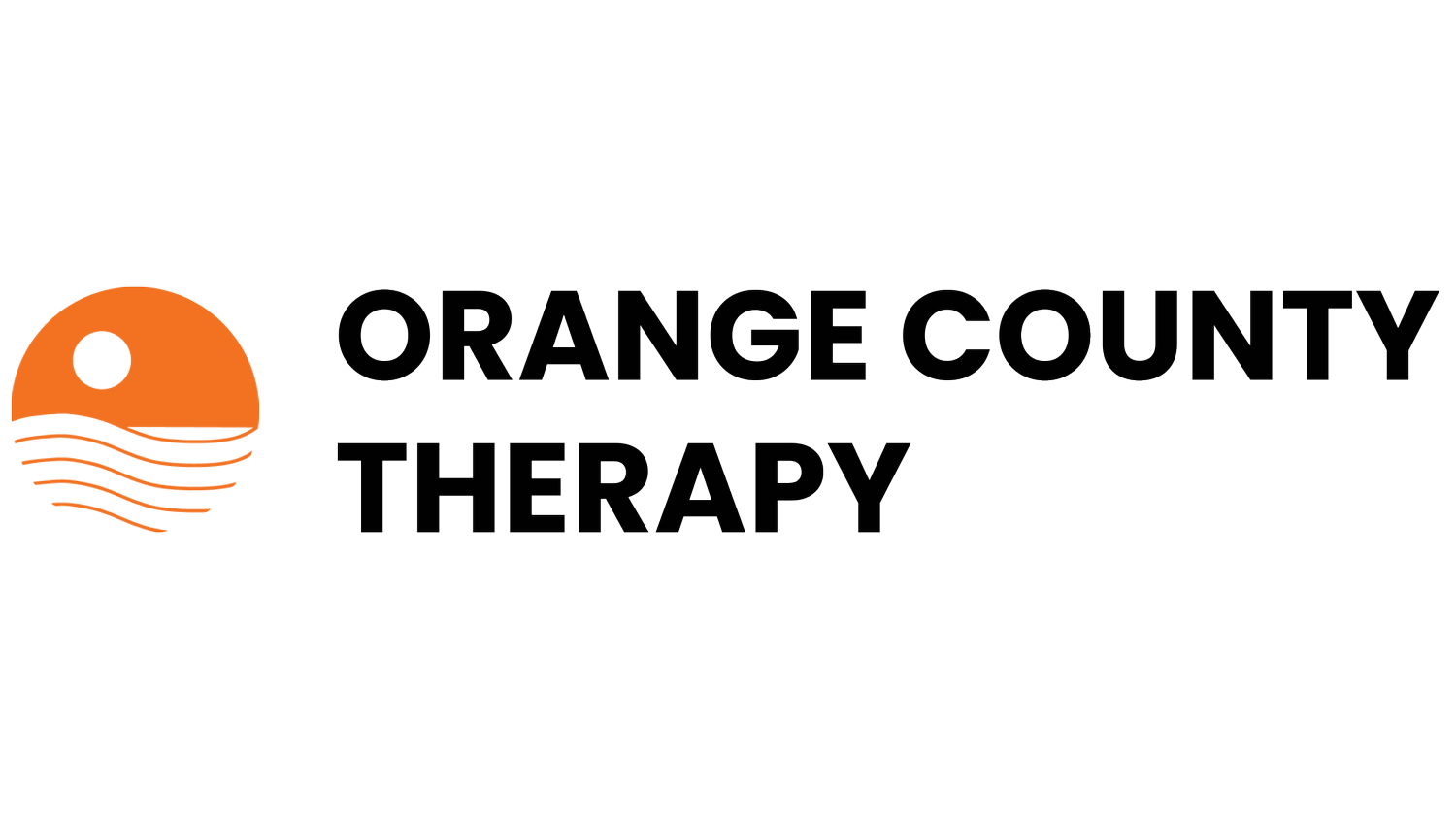Virtual vs. In-Person Therapy: Understanding the Best Fit for You
Key Takeaways:
-
Whether virtual or in-person therapy is better depends on your personal preferences, comfort level, and specific mental health needs.
-
Provides a richer sensory experience that enhances emotional connectivity and trust through face-to-face interactions, potentially making therapy more effective.
-
Offers the convenience of accessing therapy from any location, which can be less stressful for some people and encourage them to open up more in a familiar setting.
-
The setting of the therapy session, whether virtual or in-person, affects therapeutic relationships and the effectiveness of exploring emotional and psychological issues.
-
Discussing the options with your therapist and understanding the unique benefits of each mode can help tailor the therapy experience to better meet your needs.
Deciding between virtual and in-person therapy is more complex than it might initially seem. While the choice seems straightforward, each option offers unique benefits and challenges, especially when viewed from different psychological perspectives. Understanding these nuances can help you determine the best fit for your mental health needs.
The Rise of Virtual Therapy
Since the global pandemic in 2020, virtual therapy has become a game-changer in mental health care. It has vastly expanded access, allowing more people to receive help than ever before. But how does it stack up against traditional in-person therapy.
Understanding the Neurological Impacts
The Benefits of In-Person Therapy
In-person therapy offers a sensory-rich environment. Being in the same room allows for the full spectrum of non-verbal communication, including body language, eye contact, and spatial dynamics. These elements are crucial as they help form a strong therapeutic alliance—a bond of trust and empathy essential to effective therapy.
Research indicates that face-to-face interaction activates neural pathways related to social cognition and emotional regulation more intensely than online interactions. These pathways help us interpret social cues and connect emotionally with others, making the therapeutic experience feel more immediate and personal.
Virtual Therapy: A Different Dynamic
Virtual therapy, while effective, often lacks these non-verbal cues, which can affect how deeply clients connect emotionally during sessions. The absence of direct eye contact and physical presence might change how emotional information is processed in the brain. For some, this can mean a lesser quality of emotional engagement, potentially impacting the effectiveness of therapy.
However, for others, virtual therapy can reduce stress by allowing them to engage from a comfortable, familiar setting. This can trigger neurological responses that promote a sense of safety and relaxation, beneficial for therapy.
Psychodynamic Considerations
The Setting's Influence
From a psychodynamic perspective, the environment plays a significant role in the dynamics of the therapist-client relationship, particularly in aspects like transference and countertransference. These are the feelings and experiences that emerge during therapy sessions.
In-Person Therapy: A Dynamic Exploration
In-person sessions facilitate a dynamic and immediate exploration of these emotional projections. The physical presence of both therapist and client intensifies emotional reactions and interactions. Moreover, the therapy room acts as a "holding environment," a supportive space that contains and helps explore the client's unconscious motivations and conflicts.
Virtual Therapy: New Dynamics
Conversely, virtual therapy changes these dynamics substantially. The absence of physical presence can sometimes create a psychological distance that may hinder the depth of emotional exploration. Yet, it also offers a unique glimpse into the client's personal life and surroundings, which might make them feel safer and less inhibited when discussing personal or painful memories.
Choosing the Right Type for You
When considering virtual versus in-person therapy, it's important to understand that each has distinct advantages and potential drawbacks:
In-Person Therapy: Offers richer emotional and sensory connectivity, potentially enhancing therapeutic effectiveness through stronger social-emotional engagement.
Virtual Therapy: Provides convenience and comfort from home, which can reduce anxiety and help some clients open up more easily.
Ultimately, the choice between virtual and in-person therapy should be made based on your specific needs, circumstances, and comfort level. It's important to discuss these options with your therapist to determine the most effective approach for your mental health journey.
Conclusion
The world of psychotherapy is evolving, with both traditional and modern approaches offering valuable tools for mental health management. Being open to both formats and discussing your preferences and concerns with a professional can lead to better outcomes and a more personalized therapy experience.
Here at Orange County Therapy we do both based on our clients’ preferences. If you are still unsure about what kind of therapy would work best for you, contact us today.


